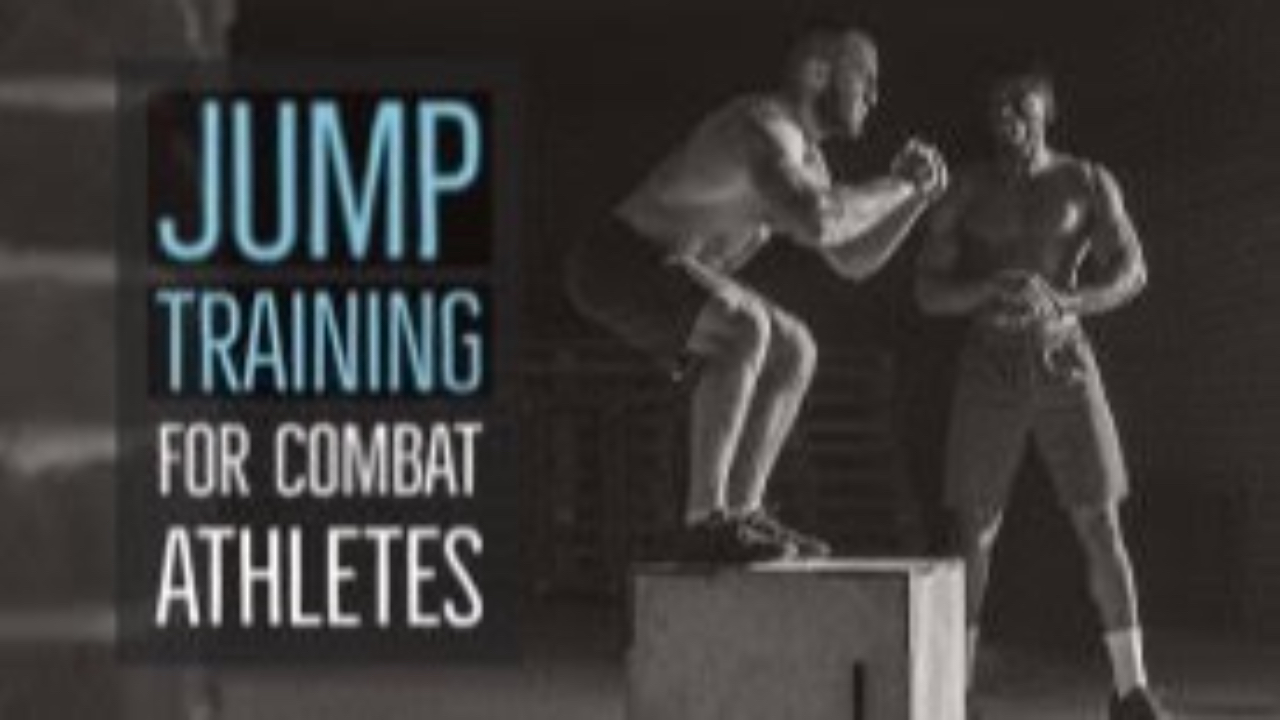
Jump Training for Combat Athletes: A Progression of Exercises for Explosive Power and Agility
Jumping is an essential skill for combat athletes, as it helps to develop explosive power, speed, and agility. Efficient and explosive jumping can also help athletes to outmaneuver their opponents and gain an advantage in competition. As an elite strength coach, I recommend a progression of exercises to help combat athletes improve their jumping abilities, starting from beginner-level pogos to advanced-level repeated hurdle hops.
Before we discuss the exercises, let's take a closer look at the variables that are essential for effective jump training. Jump training can be broken down into the following variables:
-
Intensity: The intensity of jump training refers to the amount of force that is generated during the jump. This is typically measured as the height or distance of the jump.
-
Volume: The volume of jump training refers to the total number of jumps performed in a training session or over a period of time.
-
Frequency: The frequency of jump training refers to how often jump training is performed, such as once per week or twice per week.
-
Recovery: Recovery refers to the amount of time that is allowed for rest and recovery between jumps or training sessions.
Now, let's take a closer look at the progression of exercises that I recommend for combat athletes to improve their jumping abilities:
-
Pogos: Pogos are a beginner-level exercise that involves standing in place and rapidly hopping up and down on the balls of your feet. This exercise helps to develop ankle strength and explosiveness, which are essential for jumping. Pogos can be performed for 3-4 sets of 10-12 reps with a short rest interval of 10-20 seconds between sets.
-
Squat Jumps: Once athletes have mastered pogos, they can progress to squat jumps. This exercise involves squatting down and then jumping up as high as possible, using the legs and core to generate power. Squat jumps can be performed for 3-4 sets of 8-10 reps with a rest interval of 30-60 seconds between sets.
-
Lateral Bounds: This exercise challenges jumps in the frontal plane of motion. To perform this exercise, the athlete stands with feet hip-width apart and hops laterally as far as possible. This exercise improves lateral explosiveness and strengthens the glutes, hips, and legs. Lateral bounds can be performed for 3-4 sets of 6-8 reps on each side with a rest interval of 30-60 seconds between sets.
-
Broad Jumps: This exercise challenges jumps in the sagittal plane of motion. To perform this exercise, the athlete stands with feet hip-width apart and jumps forward as far as possible. This exercise helps to develop explosive power in the lower body. Broad jumps can be performed for 3-4 sets of 6-8 reps with a rest interval of 30-60 seconds between sets.
-
Tuck Jumps: This exercise involves jumping up as high as possible while bringing the knees to the chest. It helps to develop explosive power in the legs and core. Tuck jumps can be performed for 3-4 sets of 8-10 reps with a rest interval of 30-60 seconds between sets.
-
Single-Leg Bounds: This exercise challenges jumps in the transverse plane of motion. To perform this exercise, the athlete stands on one leg and hops forward as far as possible. This exercise improves single-leg explosiveness and balance. Single-leg bounds can be performed for 3-4 sets of 6-8 reps on each side with a rest interval of 30-60 seconds between sets.
- Repeated Hurdle Hops: This is an advanced exercise that involves jumping over a series of hurdles placed at progressively higher heights. This exercise challenges explosiveness, power, and coordination. Repeated hurdle hops can be performed for 3-4 sets of 4-6 reps with a rest interval of 30-60 seconds between sets. It is important to note that proper technique and form should be maintained throughout the exercise to avoid injury.
As with any exercise program, it is essential to consult with a qualified strength and conditioning coach before beginning jump training. Jump training can be intense and may not be suitable for athletes with certain medical conditions or injuries. Proper warm-up, cool-down, and stretching should be included in any jump training program to minimize the risk of injury and optimize results.
In conclusion, incorporating a well-designed jump training program into a combat athlete's strength and conditioning regimen can help to improve explosive power, speed, and agility. By progressively challenging jumps in all three planes of motion, athletes can gain a competitive edge and perform at their best in competition. With proper technique, form, and guidance from a qualified coach, jump training can be a safe and effective way to improve athletic performance.
Several scientific studies have demonstrated the effectiveness of jump training for improving athletic performance. For example, a study published in the Journal of Strength and Conditioning Research found that jump training improved lower-body power and agility in young soccer players (Gelen, et al., 2010). Another study published in the Journal of Sports Science and Medicine found that jump training improved running speed and agility in collegiate basketball players (Mann, et al., 2010).
It is important to note that jump training should be performed with proper form and technique, and with adequate rest and recovery between sets. Gradual progression and increasing difficulty over time are also essential for continued improvement in explosive jumping abilities.
In summary, incorporating a well-designed jump training program into a combat athlete's strength and conditioning regimen can help to improve explosive power, speed, and agility, ultimately leading to improved performance in competition.
References:
Gelen, E., et al. (2010). The Effects of Plyometric Training on Change-of-Direction Ability in Young Soccer Players. Journal of Strength and Conditioning Research, 24(11), 3023-3030.
Mann, J. B., et al. (2010). The Effect of Plyometric Training on Agility in Collegiate Basketball Players. Journal of Sports Science and Medicine, 9(4), 671-678.




